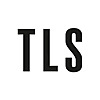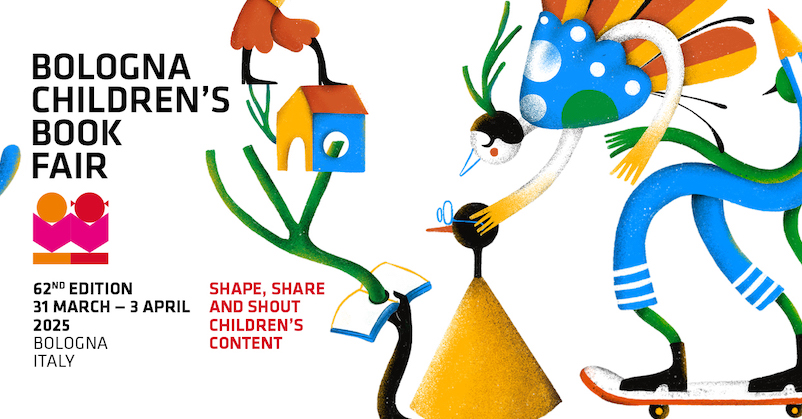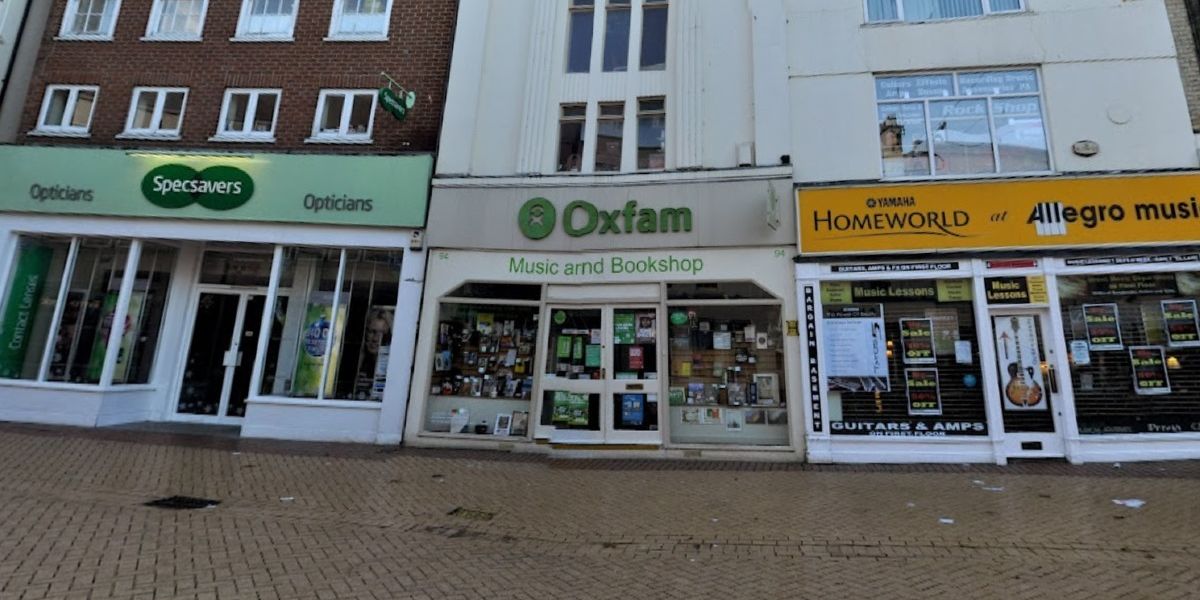In the spring of 1933, Alfred H. Barr, four years into his directorship of the new Museum of Modern Art, arrived in Stuttgart from Manhattan. He had been having trouble sleeping. Insomnia was one of the disorders treated by a noted local psychoanalyst, Dr Otto Garthe. If his words lulled the young MoMA director, however, others Barr was to hear in Stuttgart did not.
Hitler had come to power a few weeks before. Attending a lecture at the city’s new Kampfbund für Deutsche Kultur (Fighting League for German Culture), Barr found himself listening to the blueprint for a Nazi policy for the visual arts. Modern art – modernism – had been tainted by “insidious foreign influences”. These would no longer be tolerated. If this meant artistic freedom was lost, so be it. “There is no freedom for those who would weaken and destroy German art”, said the NSDAP’s Kultminster. The new regime would do whatever it took “to make art in Germany German again”.
The upshot of this is the subject of an exhibition at the Musée Picasso in Paris. Entartete Kunst – “degenerate art” – was the catch-all name given to the ragtag of modern styles and works made in Germany, or held in German collections, that the Nazis were to deem un-German. The term gained common coinage when it was used as the title for an exhibition that brought together some 600 of these artworks in Munich in July 1937, staged for right-thinking Germans to jeer at. After it closed that November, Entartete Kunst toured the Reich until 1941.
Thrown together in three weeks, the original exhibition showed the incoherence of Nazi thinking. In essence, any art might be degenerate by dint of displeasing Joseph Goebbels, Hitler’s propaganda minister and the man behind the show. His displeasure was catholic and capricious. Works as unalike as Jean-François Raffaëlli’s “Les Vieux Convalescents” (c.1892) – a portrait of a grizzled sanatorium patient – and Paul Klee’s abstract- symbolist “Sumpflegende” (1919) both earned his dislike, the first for being too realist, the second for not being realist enough.
Both works were in Entartete Kunst, and both are in the new Paris show. The scattergun nature of the first hang is echoed in that of the second, overseen by the curator Johan Popelard. Next to Otto Dix’s cod-northern-Renaissance portrait of the painter Franz Radziwill (1928) is Wassily Kandinsky’s unremittingly abstract “Kreuzform” (1926). A“Proun” construction by El Lissitzky hangs opposite Oskar Kokoschka’s portrait of Elisabeth Reitler.
Except for these unalike works having been made within twenty years of each other, all that unites them is Goebbels’s disapproval. Dix’s depictions of the war maimed and lesbians did not sit well with the minister of public enlightenment’s dream of a blonde, broad-shouldered Volk. Kandinsky had taught at the Bauhaus, that flat-roofed den of cosmopolitanism and abstraction. El Lissitzky was Russian and a Jew. By the time Goebbels had finished cleaning up German art, about 20,000 works had been removed from museums in the Reich, to be sold abroad or, as in the case of 5,000 paintings burnt by the Berlin fire brigade in March 1939, destroyed.
So why is this show being held now, and why at the Musée Picasso? The second question is easier to answer. A wall in the first room of L’Art “dégénéré” is stippled with transfers of 600-odd names, being those of the artists included in Entartete Kunst. Those whose work is also in the new show are picked out in bold: one name is Picasso’s. There have been recreations of Goebbels’s exhibition before, and on a more encyclopedic scale – at the Los Angeles County Museum of Art in 1991, for example, and at the Neue Galerie in New York in 2014. What makes this show different from these is its focus on a single artist.
Long after the war, Picasso’s survival in Nazi- occupied Paris continued to foster rumours of German collaboration. It was only in the first years of this century that his quiet help for friends in the Resistance was brought to light. The Spaniard’s etching of the frontispiece for a book of verse by the surrealist poet Robert Desnos was little short of heroic. Desnos had already been deported to Auschwitz when Contrée was published in May 1944, and would die at Theresienstadt the following year.
It is Picasso’s relationship with the German painter and sculptor Otto Freundlich, however, that is the particular focus of L’Art “dégénéré”. Freundlich had been a friend since he had arrived as Picasso’s neighbour at the Bateau Lavoir in 1908. When he was interned as an enemy alien by French authorities in 1940, Picasso helped to secure his release. Having fled south, Freundlich was arrested in February 1943.
A wall of letters between him, his partner, Jeanne Kosnick-Kloss, and Picasso, taken from the museum’s archives, is agonizing for the inevitability of its end. “It is to you, Picasso, who has been Otto’s friend for so long, that I make my plea”, Kloss wrote on March 2, 1943, her hand a cursive swirl. But nothing could save Otto. A Jew, a socialist, an abstractionist who sculptures were made of concrete and tin, Freundlich was a particular focus of Nazi hate. Two days after Kloss’s letter, he was deported from Drancy to Sobibor, where he was murdered as he arrived. He is represented in L’Art “dégénéré” by his great gouache “Hommage aux peuples de couleur” (1935), a desperate cry into a darkening void.
Picasso’s experience of Entartete Kunst was more than second-hand. Including prints, at least a dozen of his own works in German collections were declared degenerate, some of them among his most famous. His “Absinthe Drinker” (1901) was removed from the Hamburg Kunsthalle and sold to Bernhard Böhmer, a notorious dealer in Nazi loot. Following its display in the Munich show, Picasso’s “Portrait of the Soler Family” (1903) – one of the largest and most complex of his blue-period canvases – was sold in Lucerne in 1939.
It was Kokoschka who would recall most eloquently the impact of all of this on the artists involved. “The game was over”, he wrote in 1971. “I was dubbed ‘a degenerate artist’, ‘a horror to citizenry’, ‘a corrupter of youth’, ‘a jailbird’.” For Picasso, the response came in pictures rather than words.
On the museum’s third floor, above the galleries where L’Art “dégénéré” is on show, are the rooms containing the works he made in the years of Nazism. The stasis of these paintings, their bloodless palette, makes the space in which they hang claustrophobic. It is like walking through pain. Besides being classed as degenerate, there was much to trouble Picasso in 1937: General Franco’s growing success in the Spanish Civil War; the German bombing of Basque civilians at Guernica. But they were all part of the same process. When “Guernica” was shown at the 1937 International Exposition in Paris, it was in the literal shadow of Albert Speer’s vast German Pavilion, topped off with an oversized swastika.
As to why L’Art “dégénéré” is being held now, the show’s literature is unrevealing. There is no obvious anniversary to be marked, nor the unveiling of any new discovery. Such are the vagaries of history, though, the Picasso Museum’s show has been lent a topicality its curators could not possibly have foreseen.
By the entrance to the show is a portrait of Picasso by the Chinese-born contemporary artist Yan Pei-Ming. Painted in the cinematic monochrome of “Guernica”, this would seem to have been chosen, at least in part, as a reminder that much art is still produced in regimes that do not tolerate artistic freedom. Since Yan was invited to show her portrait, however, geopolitics have changed. In 1933, the American Alfred Barr was horrified by what he saw in Germany; the boot would now probably be on the other foot.
Charles Darwent’s latest book, Monsieur Ozenfant’s Academy, will be published this spring
The post Walking through pain appeared first on TLS.

 By Times Literary Supplement | Created at 2025-04-02 12:32:27 | Updated at 2025-04-04 04:10:01
1 day ago
By Times Literary Supplement | Created at 2025-04-02 12:32:27 | Updated at 2025-04-04 04:10:01
1 day ago







